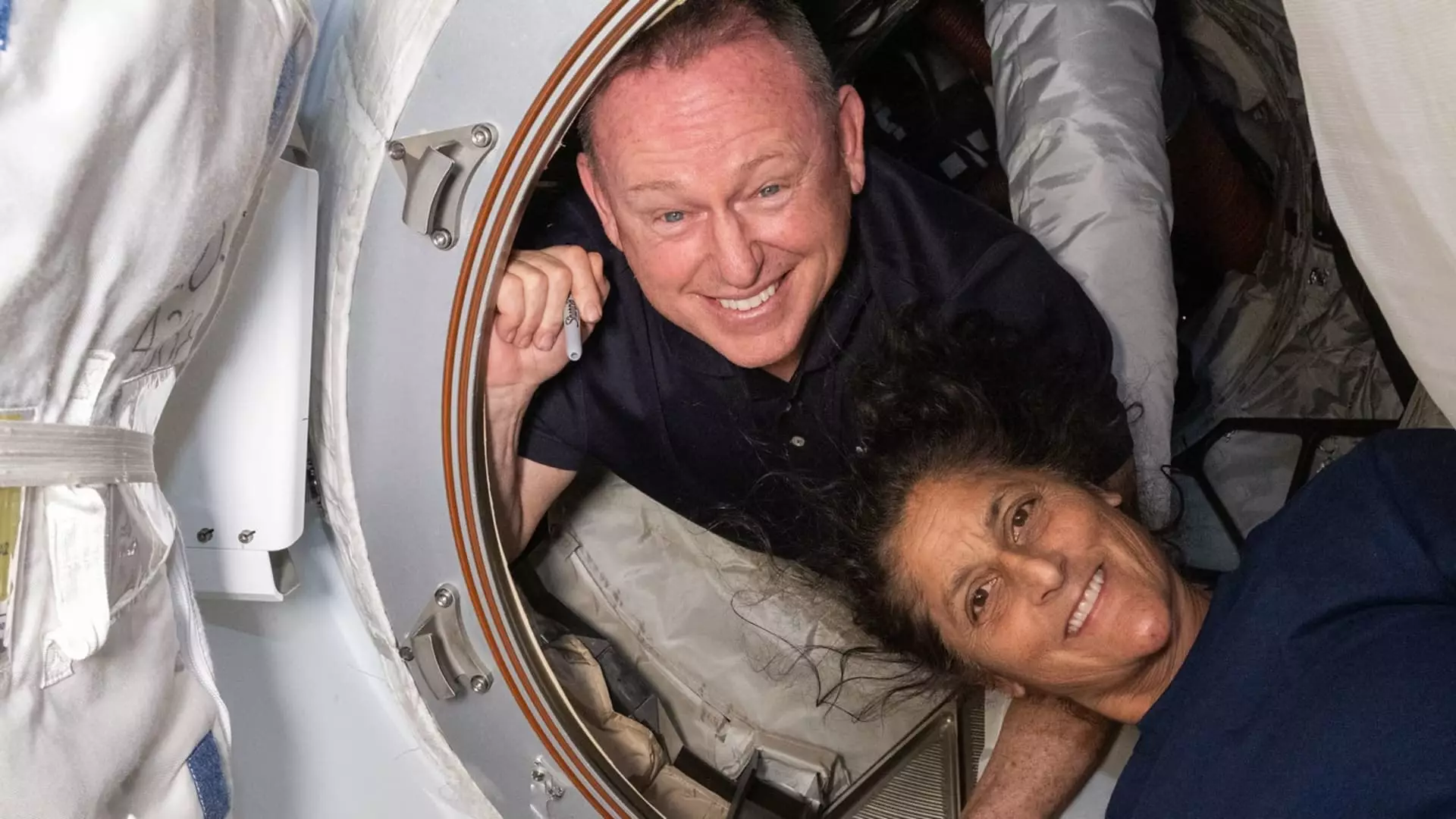In a breathtaking twist that resembles more of a science fiction tale than reality, two seasoned NASA astronauts found themselves stranded in the dissenting grip of an ambitious corporate venture, and it raises dire questions about our approach to space exploration. Butch Wilmore and Suni Williams embarked on what should have been a quick nine-day test flight aboard Boeing’s Starliner capsule. Instead, their mission morphed into an extended nine-month odyssey thanks to technical failures and corporate overreach. What started as an ambitious leap into the cosmos evolved into an experiment fraught with miscalculations, undermining the very dreams NASA has built around commercial partnerships in space exploration.
The cause of their extended stay? A catastrophic failure of the Starliner’s thrusters during docking. Boeing’s inability to end their excursion when expected not only put Wilmore and Williams’ lives at risk but also placed a spotlight on the questionable reliability of commercial space endeavors. This venture was ostensibly formulated as a cooperative mission, but the underlying corporate agendas complicate matters considerably. Demand for rapid advancements often trumps safety, and in this case, it nearly cost astronauts their lives.
The Space Race Reimagined: Boeing vs. SpaceX
The competition between Boeing and SpaceX has been framed as a crucial element in America’s renewed ambitions in space travel. However, it’s become increasingly evident that this rivalry may jeopardize human lives in the ultimate pursuit of profit and prestige. Boeing, having invested over $2 billion in the Starliner project and suffering considerable setbacks, now faces a critical juncture that could define its future in space exploration.
SpaceX’s efficiency and success have forced NASA’s hand. To rescue the beleaguered astronauts, NASA had no choice but to repurpose the SpaceX Dragon spacecraft. Herein lies a troubling dichotomy: should reliability and safety override corporate prestige? The agency had modified its rotation system, removing astronauts from a SpaceX Crew-9 mission to accommodate Wilmore and Williams. But how long before the cracks in this competition begin to show their consequences? Are we risking the lives of astronauts on the altar of corporate rivalry?
Politics and the Perception of Abandonment
Adding another layer of complexity to this saga is the political arena. Former President Donald Trump, a strong advocate for rapid, sometimes reckless, progress in space, positioned the narrative that the two astronauts were “stranded” due to the Biden administration’s purported indecision. This politicization of their plight underlines the insidious ways in which human lives can become pawns in the game of political rhetoric.
While actual space travel demands finely-tuned preparations and adaptability, political entities often overlook these realities in favor of soundbites. It poses a dilemma: is it responsible to lean on the sensationalism of space drama to distract from administrative shortcomings? The anxiety surrounding Wilmore and Williams had less to do with their experiences and more to do with a narrative sculpted by political opportunism.
The Human Experience of the Cosmos
Amidst this chaos and turbulence, Wilmore and Williams managed to exemplify resilience. Conducting scientific experiments and even taking part in a spacewalk during this unplanned extension highlighted their professionalism and adaptability. Williams repeatedly emphasized that they did not feel “abandoned,” even stating, “It’s been a roller coaster for them,” but the reality of long-term space habitation cannot be understated.
Astronauts are trained for extremes, but human emotions cannot be categorized or discarded easily. Their prominence against the backdrop of corporate mismanagement raises critical concerns about the ethics of space exploration. As we continue to push the boundaries of what is possible, are we adequately prioritizing the well-being of those venturing into the cosmos in our quest for advancement?
The complexities in the journeys of Wilmore and Williams illustrate a bright warning: we must ensure that our ambitions in space are coupled with responsibility and humanity. The glory of space exploration should not only be defined by our technology and accomplishments but also by our capacity to protect and honor the lives of those who boldly go where few have dared to tread.

